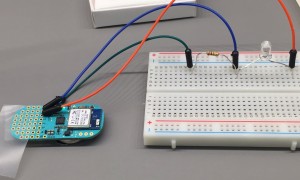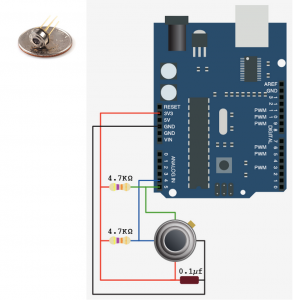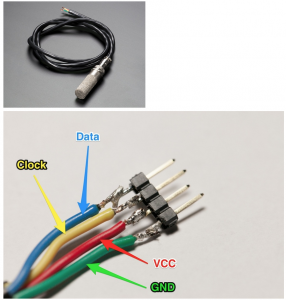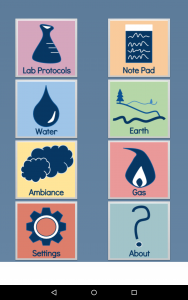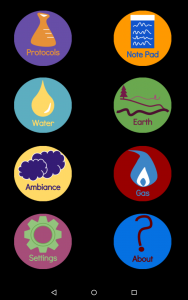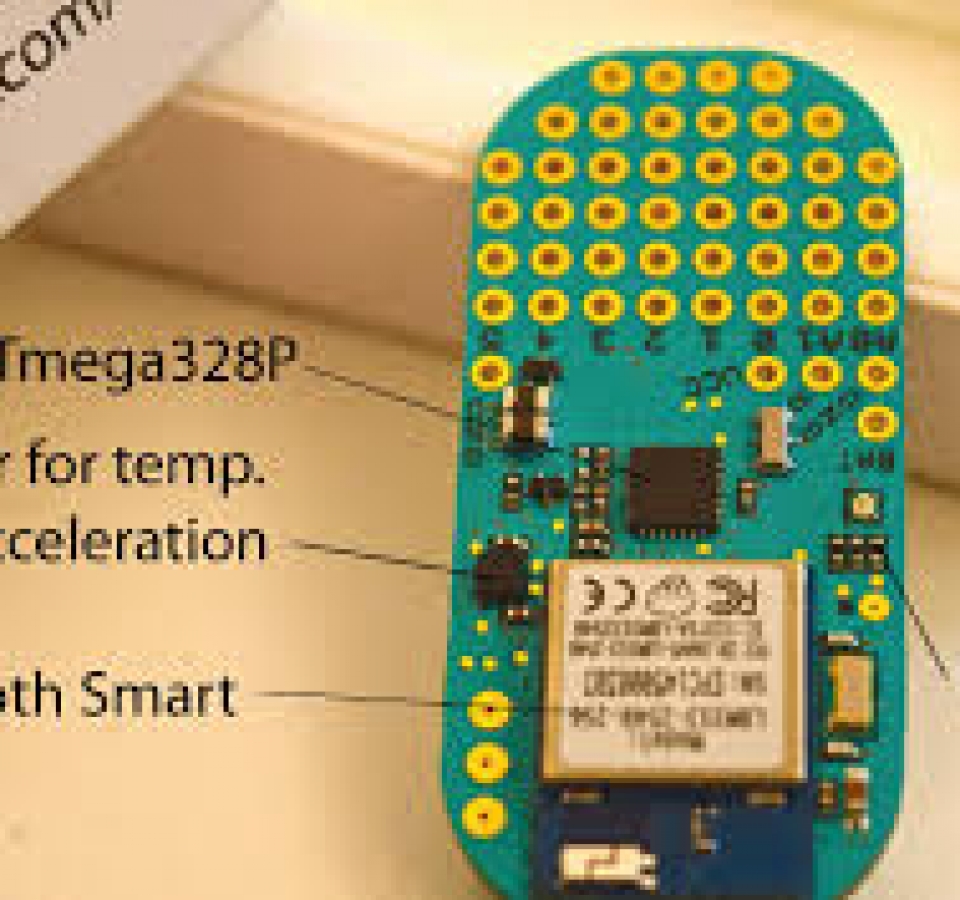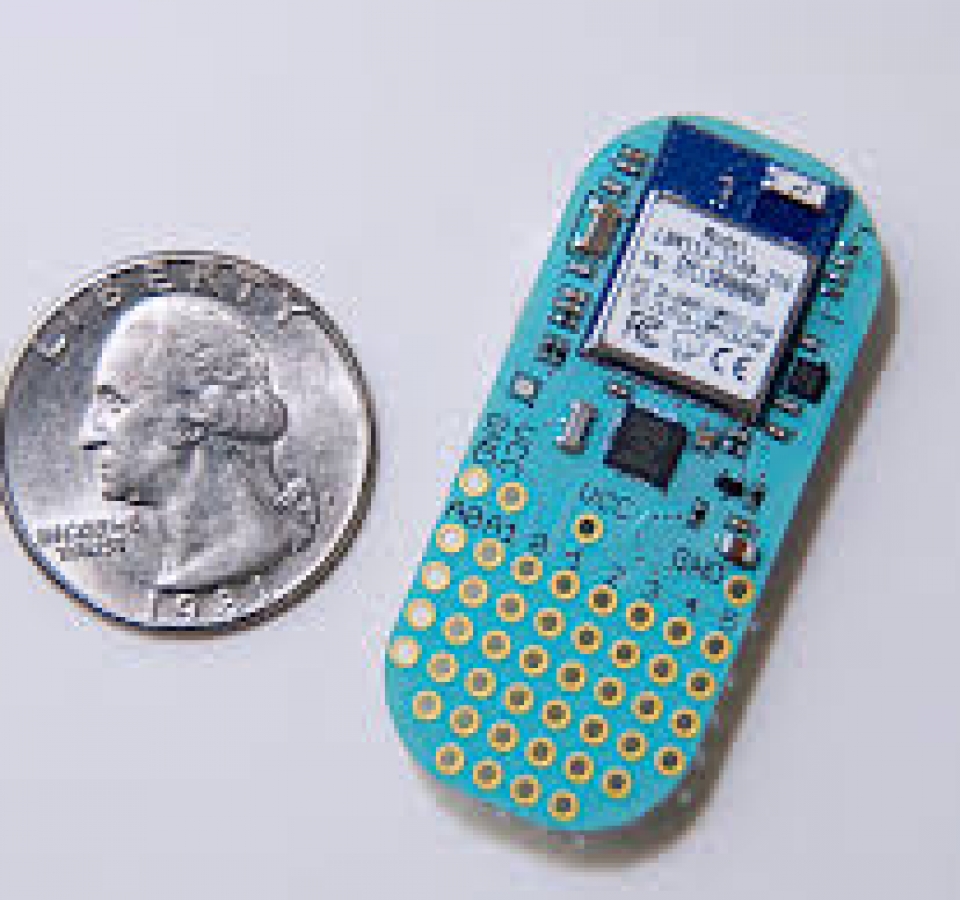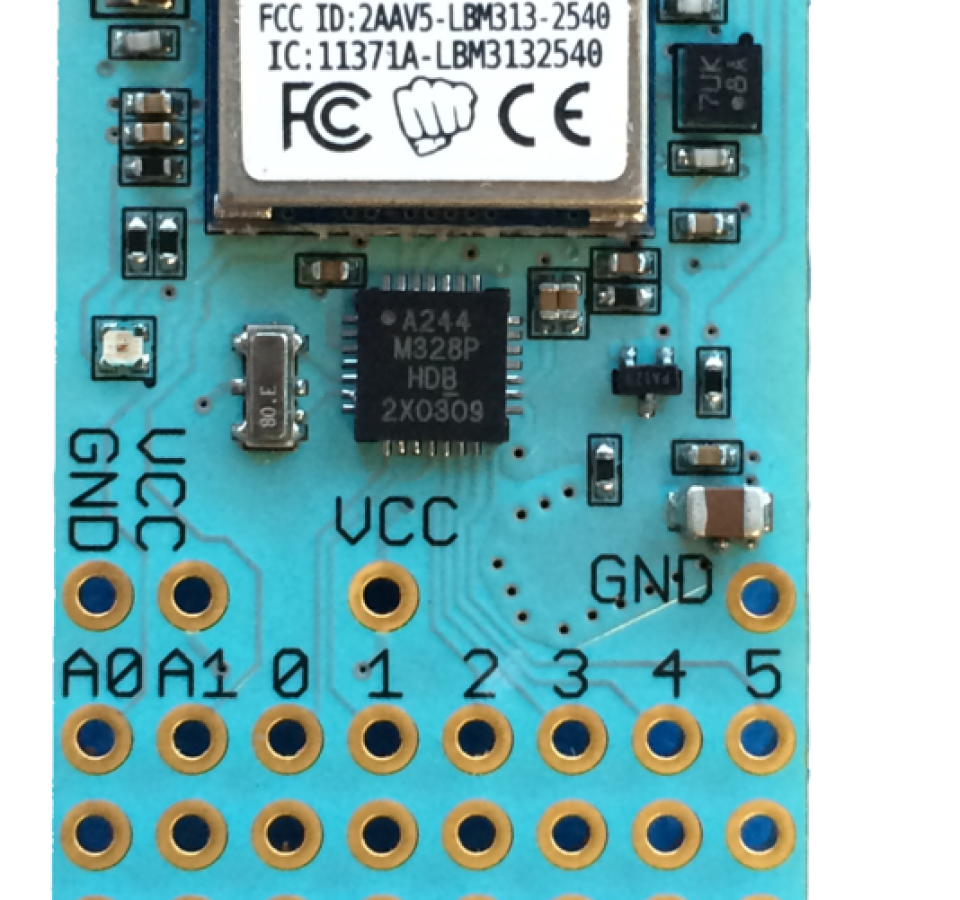In this week I explored more options for thermal imaging. None of these seemed particularly promising, many of these are either expensive, inaccurate, slow, or the range is limited. So far the thermal sensor options seem to be a “pick any two” of the following options: range, accuracy, cost. Unfortunately, because picking up the thermal signature of a small animal at a sizeable range requires a significant amount of all three, there’s either going to need to be a massive engineering breakthrough on my part, or a massive budget. The same problems persist for other parts of the camera, for example, the optics. Focusing long wave IR requires exotic materials which cost an enormous amount of money to procure individually or manufacture.
My conclusion is that thermal imaging is a field with an extremely high barrier to entry. I doubt that I have the skills or expertise to surmount the difficulties I’ve touched on, and I hope that another solution will present itself.
